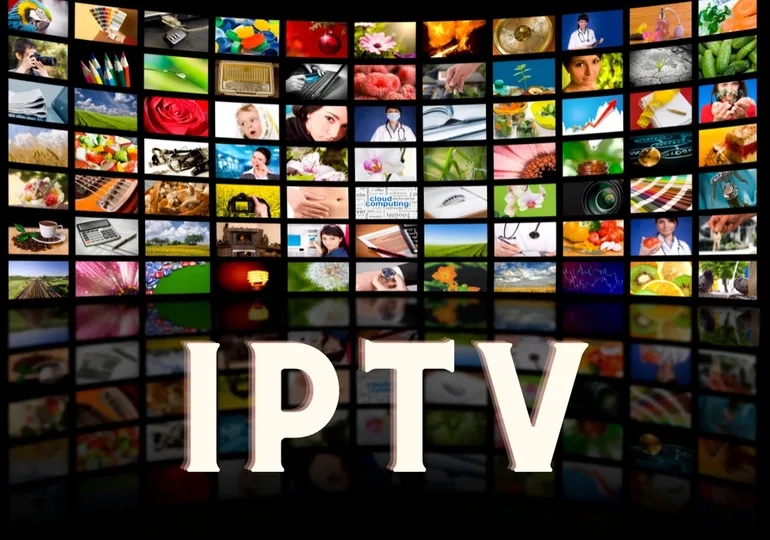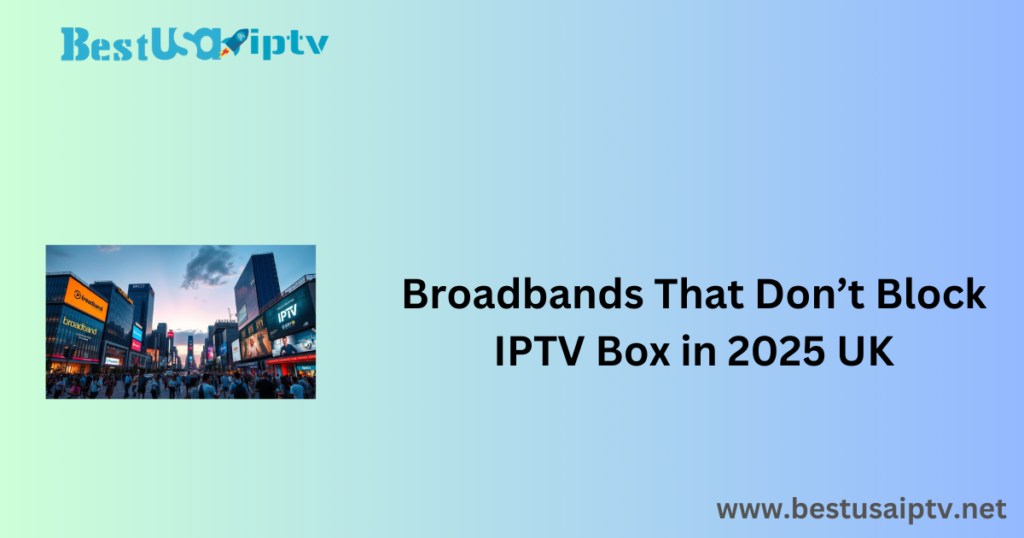LATINO IPTV SERVICES
In the ever-evolving landscape of television consumption, viewers are faced with a multitude of options, each offering distinct advantages and features. For Latino viewers in the United States, choosing between IPTV (Internet Protocol Television) services and traditional cable can be a pivotal decision. Both platforms provide access to a wide range of programming, but they differ significantly in terms of delivery method, content diversity, cost, and user experience. This article aims to explore the key differences between Latino IPTV services and traditional cable, helping you determine which option best suits your preferences and needs.
Understanding Latino IPTV Services
Latino IPTV services leverage internet protocol technology to deliver television content directly to viewers via broadband connections. This allows for flexible viewing options across multiple devices, including smart TVs, smartphones, tablets, and computers. IPTV services often offer a mix of live TV channels, on-demand content, and interactive features tailored to Latino audiences.
Key Features of Latino IPTV Services
1. Extensive Channel Selection
Latino IPTV services typically offer a broad array of channels catering to Spanish-speaking audiences. This includes popular networks from Latin America, Spain, and the United States, covering genres such as entertainment, sports, news, and cultural programming.
2. On-Demand Content
Many Latino IPTV providers include extensive on-demand libraries featuring movies, TV series, and exclusive content in Spanish. This flexibility allows viewers to watch their favorite programs at their convenience, without adhering to traditional broadcast schedules.
3. Cost-Effectiveness
In comparison to traditional cable packages, Latino IPTV services often offer competitive pricing models. Subscribers can choose from various subscription plans that align with their budget and viewing preferences, potentially saving money without compromising on content quality.
4. Multi-Device Compatibility
Flexibility is a cornerstone of Latino IPTV services, with support for multiple devices enabling seamless viewing experiences at home or on the go. This versatility appeals to modern viewers who prefer accessing content across different screens.
Traditional Cable: Legacy and Familiarity
Traditional cable television has long been a staple in many households, delivering TV signals through coaxial cables or fiber-optic networks. Cable providers offer bundled packages that include a mix of channels, internet access, and sometimes phone services, catering to a broad demographic.
Characteristics of Traditional Cable
1. Channel Bundles
Cable packages often come with predefined channel bundles, encompassing a range of genres and networks. Subscribers may have access to local channels, premium networks, and specialty channels based on their chosen package.
2. Broadcast Quality
Traditional cable is renowned for its reliable broadcast quality, delivering consistent HD and sometimes even 4K resolution depending on the network and package subscribed to.
3. Bundling Options
Cable providers frequently bundle television, internet, and phone services into cost-effective packages. This bundling can be convenient for households seeking comprehensive communication and entertainment solutions from a single provider.
4. Contractual Obligations
Many cable subscriptions involve signing contracts that stipulate service terms, pricing, and potential early termination fees. While contracts may offer stability, they can also restrict flexibility in terms of service modifications.
Choosing Between Latino IPTV Services and Traditional Cable
Factors to Consider
1. Content Preference
Evaluate the types of channels and content that matter most to you and your family. Latino IPTV services excel in offering specialized channels and content tailored to Hispanic audiences, whereas traditional cable may provide broader channel diversity.
2. Cost Consideration
Compare the pricing structures of Latino IPTV services and traditional cable packages. Consider not only the monthly subscription fees but also any additional costs such as equipment rental fees, installation charges, and potential price increases over time.
3. Flexibility and Convenience
Assess how important flexibility in viewing habits and device compatibility is to you. Latino IPTV services offer greater flexibility with multi-device support and on-demand viewing options, whereas traditional cable may offer a more traditional viewing experience but with less flexibility.
4. Quality of Service
Consider the reliability of the service, including factors such as customer support, uptime, and the quality of streaming or broadcast. Both IPTV services and cable providers strive to offer high-quality service, but experiences can vary based on geographical location and network infrastructure.
Conclusion
Deciding between Latino IPTV services and traditional cable depends largely on your individual preferences, viewing habits, and budget. IPTV services appeal to those seeking flexibility, diverse content options, and cost-effective pricing, particularly for households with specific language and cultural preferences. On the other hand, traditional cable offers reliability, bundled service options, and a familiar viewing experience that may be preferred by those accustomed to traditional TV consumption. Ultimately, the right choice depends on weighing these factors and selecting the option that best aligns with your entertainment needs and lifestyle preferences.





